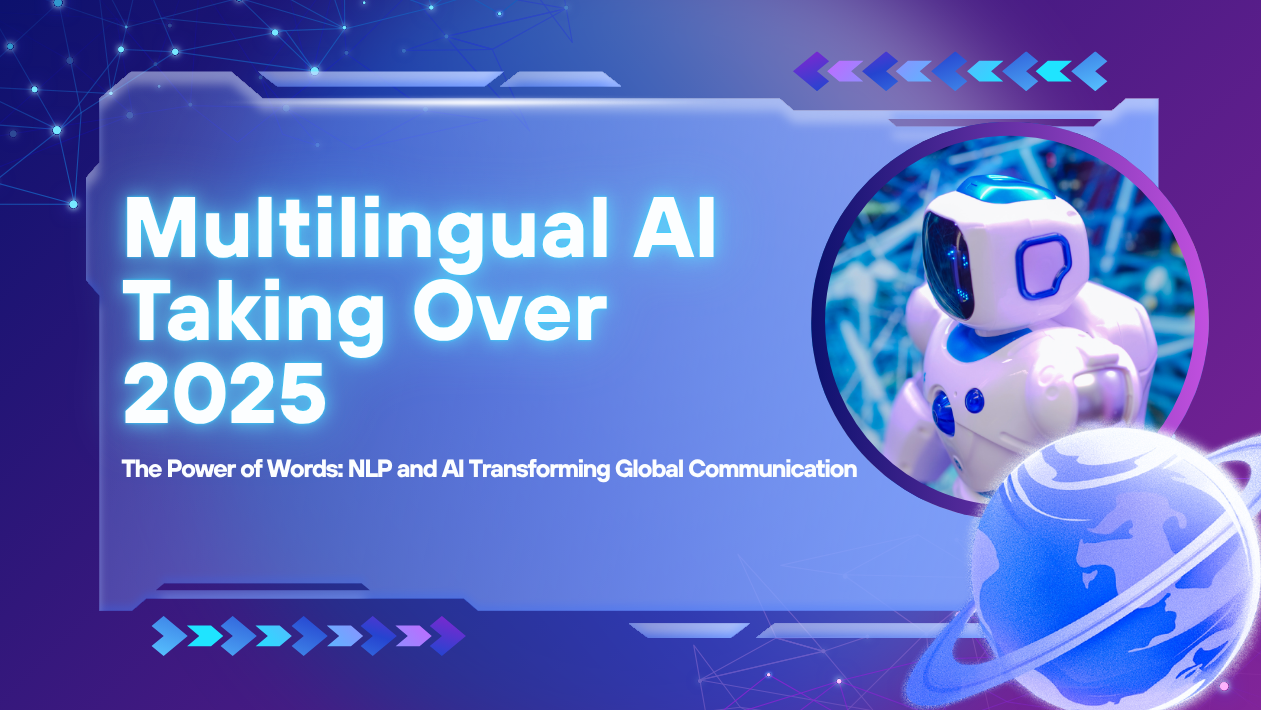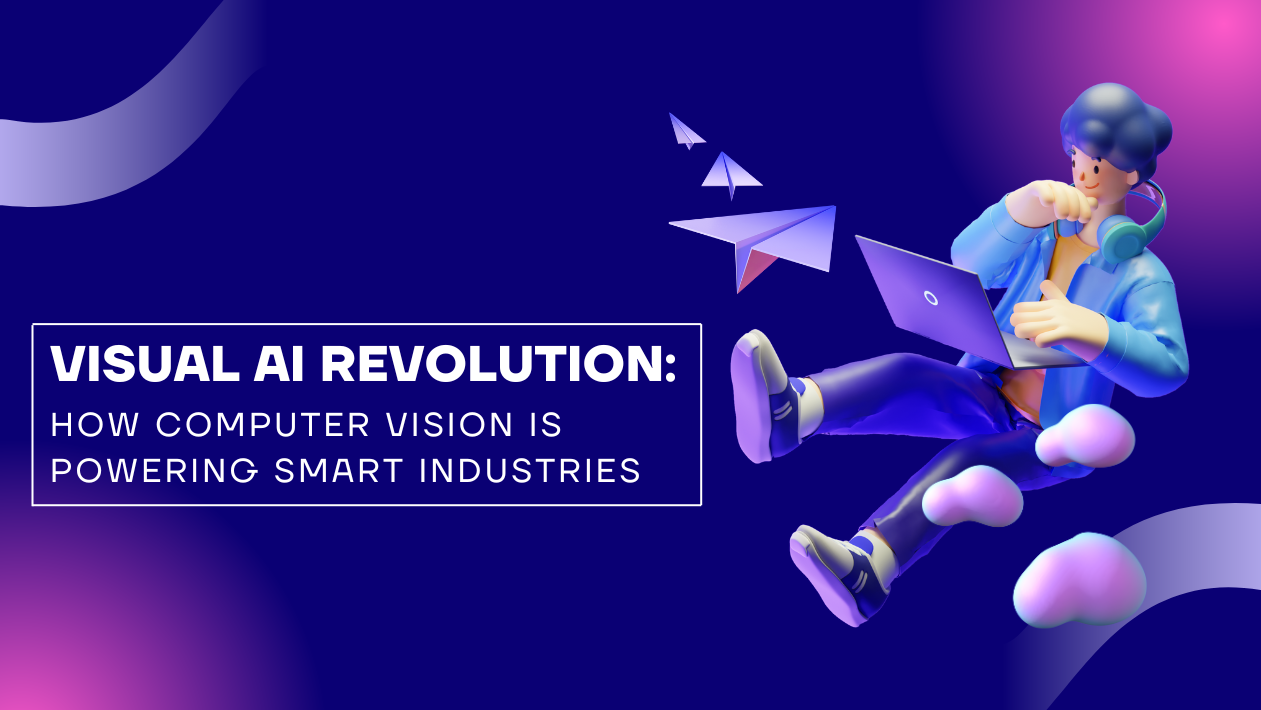The explosion of digital content has transformed the media industry, creating both opportunities and challenges in how news is consumed, categorized, and delivered. To tackle the overwhelming flood of online information, Natural Language Processing (NLP) is emerging as a game-changer in news classification, enabling smarter content filtering, personalized recommendations, and real-time fact-checking.
Why News Classification Matters
With millions of articles, blogs, and social media posts published daily, news platforms face the challenge of separating relevant stories from noise. Manual curation is no longer sustainable, and audiences increasingly expect personalized, trustworthy content. NLP-driven classification is helping publishers categorize news into politics, finance, sports, health, technology, and more with speed and accuracy unmatched by human editors.
How NLP is Reshaping Media
- Automated Topic Detection – Algorithms scan headlines, metadata, and full text to classify stories instantly.
- Sentiment Analysis – NLP tools evaluate tone and bias, helping platforms identify whether news is neutral, positive, or negative.
- Fake News Detection – Machine learning models flag misleading or manipulated content by cross-referencing sources.
- Personalized News Feeds – Platforms like Google News and Flipboard use NLP to deliver tailored stories aligned with user preferences.
- Multilingual Processing – Advanced NLP models translate and classify global news in real time, expanding access across languages.
AI Models Driving the Revolution
Transformers such as BERT, GPT, and RoBERTa are powering modern NLP systems. These models excel at understanding context and nuance, making them ideal for complex media classification tasks. Recent advances in multimodal AI also integrate images, videos, and text for deeper analysis of digital stories.
Challenges in NLP for Media
While promising, NLP in news classification faces obstacles:
- Bias in Algorithms – AI models can unintentionally amplify political or cultural biases.
- Evolving Language – Slang, sarcasm, and regional terms challenge accuracy.
- Data Privacy Concerns – User profiling for personalization must comply with strict data regulations.
Future Outlook: AI-Powered Journalism
Looking ahead, NLP will not only classify but also summarize, verify, and contextualize news in real time. With AI-powered fact-checking and context-driven storytelling, media outlets aim to restore public trust while keeping readers engaged.
Experts predict that by 2030, over 80% of global news content will be processed through AI-driven NLP pipelines, making human editors more focused on analysis and storytelling rather than manual sorting.





